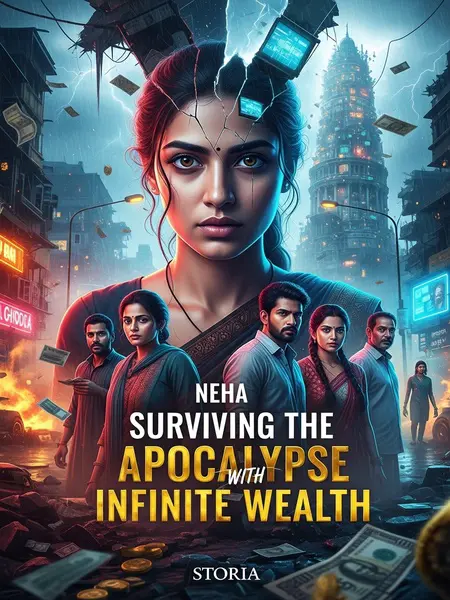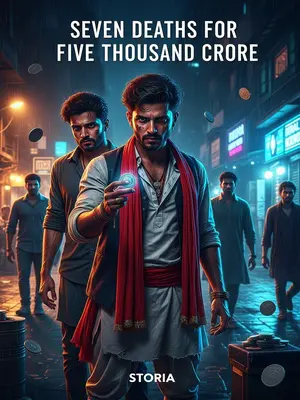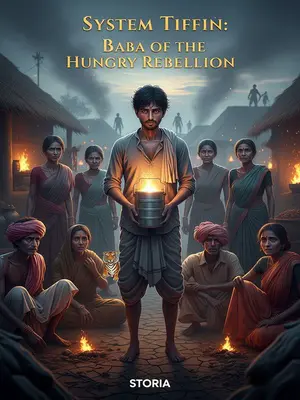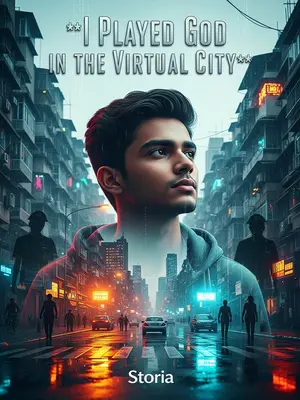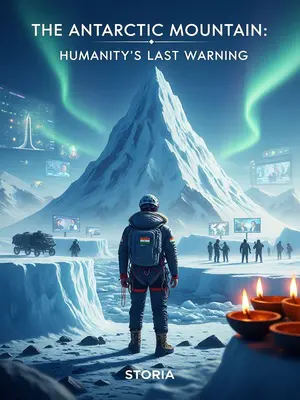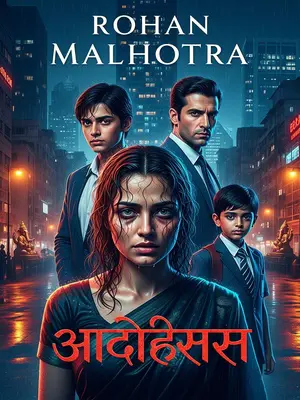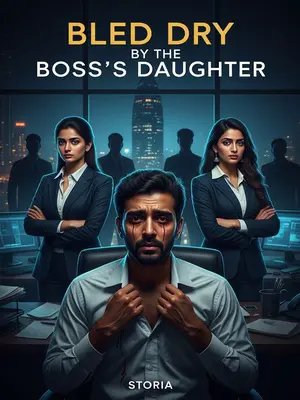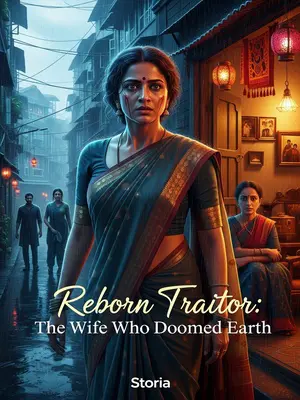Chapter 2: Navbharat Island
I left the virtual metro behind, mind racing. No time to waste—sab kuch planning se hota hai, Papa’s words echoing in my head. For a second, I almost laughed at myself. All this for what? To be alone at the end of the world?
On the world map, I zoomed in and out, searching for a perfect hideaway. Most islands were too close to civilization. Finally, I found it—a lonely speck in the Indian Ocean, so remote it looked like even WhatsApp forwards couldn’t reach.
Just the right size, far from anywhere. A place where, if you screamed, only the seagulls would care. Oddly peaceful, like those Sunday evenings by Marine Drive, when the city noise faded and only the sea remained.
I double-checked everything: no seismic fault, no cyclone belt, no volcano. “Accha, koi tsunami ka chance nahi. Shukar hai.” Even the NPCs I’d hire wouldn’t know the real purpose—only that a billionaire was buying paradise.
A flat stretch for an airstrip, green hills for cover. I pictured planes landing, hidden from satellites, like a secret set from a Karan Johar film.
Without delay, I dropped a few thousand crores and named it Navbharat Island. Patriotic and filmi—why not?
The cover story: luxury eco-tourism. Ten cruise ships, endless contracts, NPCs ferried in with engineering vehicles and materials. On paper, it was all yoga retreats and organic living. In reality, it was the world’s safest bunker.
I had the NPC execs sign thick confidentiality files, stamped like government tenders. They grumbled, but the advance payments made their doubts vanish faster than samosas at chai time.
Once the cruise ships docked, workers began building the airstrip. Every day, hundreds toiled under the sun, clothes soaked, tools clanging. In the evenings, they swapped stories in Hindi, Marathi, Tamil, the air thick with jokes and homesickness.
Chartered flights brought in workers from every corner of India. Each new batch arrived clutching vada pavs, parathas, or filter coffee. The airstrip buzzed with desi energy—a proper jugad operation.
To keep the island secret, I’d already bought signal jammers and confiscated all phones, bribing the workers with chai and extra cash. "Boss, yeh cement kaun uthayega? Kam se kam chai toh do!" one labourer groaned, wiping sweat from his brow. But every time I handed out a bonus, complaints disappeared.
Ten surface fortresses rose—each earthquake-proof, built with the best materials. The workers compared them to Bollywood villain lairs. “Aree, pura Gabbar ka adda lag raha hai!” another joked. I laughed with them, imagining Amjad Khan inspecting my blueprints.
All camouflaged, invisible to satellites, with green roofs and fake trees. I even hired a Bollywood set designer—if you can hide plot holes, you can hide buildings.
But the real deal was underground. I supervised every detail, from steel beams to the last bolt. It was silent, cool, like the temple after aarti. I even set up a tiny mandir in the corner, lighting an agarbatti for luck—smoke curling up, scent grounding me in this new world.
The underground fortress could withstand anything—nuclear, bio, or even zombies with shovels. I tested the doors, slamming one shut so hard the echo rang out like the temple bell in my childhood colony—final, unbreakable.
Secret passages snaked from the surface fortresses down to the underground base. Each was so narrow only one person could pass at a time, winding like a Dadar gully. I added puzzles and traps—tripwires, pits, even a nod to Home Alone. Getting in wouldn’t be easy.
If a passage was destroyed, I had backups. Each had its own exit—like school fire drills. No way was I ending up trapped in my own fortress.
Energy was everything. "Beta, bijli chali gayi toh sab band ho jayega," my mother always said. So I installed wind, tidal, and nuclear generators. Five nuclear plants, each named for a sacred river. My own Panchayat of Power.
Some plants were underground, others beneath the sea. From the control room, monitors blinked like Diwali lights. Even the ocean hummed with secret energy.
Biogas tanks, hand-cranked generators, batteries, diesel reserves—no Indian setup is complete without backup. Each drum labelled in three languages. “Aunty ka system hai, no risk allowed,” I told the engineers.
Water was sorted—rain collectors, desalination, underground wells. I tested every batch, pretending to be a MasterChef judge. Purifiers sterilized with heat, UV, chemicals. I high-fived myself each time a batch passed.
Wastewater was recycled, running smoother than the Delhi Metro. I imagined a Swachh Bharat ad starring me. Flooding? No chance—waterproofed walls, airtight blast doors, a drainage system better than BMC’s.
Air purification systems kept the place fresh, with the faint smell of tulsi and vetiver. I hoarded one lakh oxygen bottles—labelled, stacked, ready for anything.
The shelter had twelve compartments—if one failed, the rest would survive. Three were for automated agriculture: hydroponic veggies, fish tanks, and desi chickens. Fresh eggs, even in doomsday.
Two compartments held enough supplies for ten years: rice, dal, Maggi, Parle-G, medicines. The rest—bedrooms, kitchens, gyms, prayer corners, and a recreation room loaded with classic Hindi serials.
Whenever the NPCs got suspicious, I tipped them extra. “Aap toh asli Ambani nikle, madam!” one joked. They worked twice as hard after that. Sometimes a contractor would sidle up, asking for an advance for his daughter’s wedding. I’d laugh, “Shaadi ho ya shaadi.com, paise ki kami nahi hai—le lo!”
Infinite wealth meant I never had to worry. The money flowed, endless as the Ganga. And Navbharat Island, piece by piece, became the world’s safest haven.
